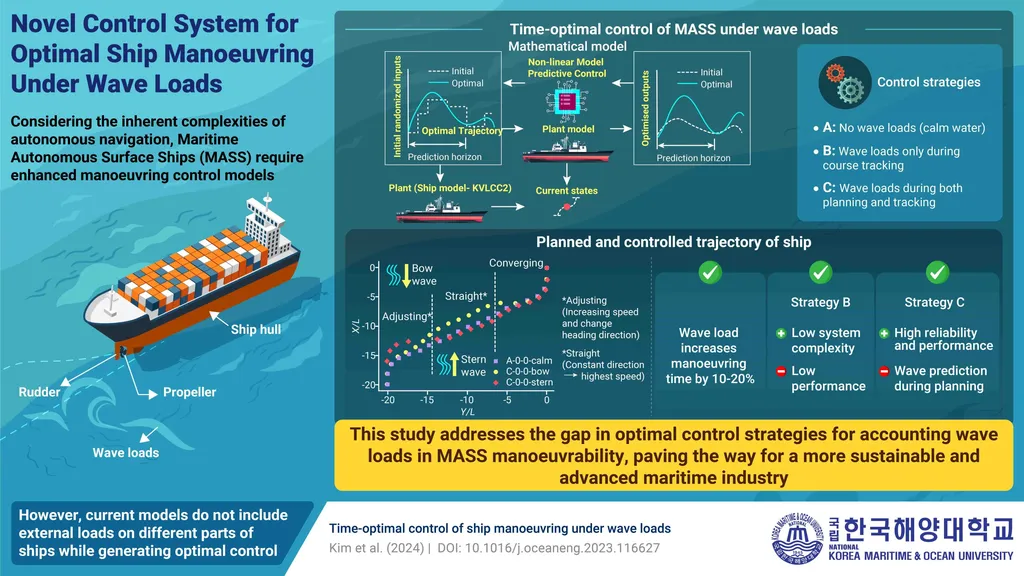A team of researchers from the University of Michigan and the University of Washington has introduced the first publicly accessible, multi-modal perception dataset designed to enhance the situational awareness of autonomous surface vehicles (ASVs). The dataset, named SeePerSea, focuses on in-water obstacles and has been collected over four years, encompassing diverse objects encountered under varying environmental conditions.
The researchers behind SeePerSea include Mingi Jeong, Arihant Chadda, Ziang Ren, Luyang Zhao, Haowen Liu, Monika Roznere, Aiwei Zhang, Yitao Jiang, Sabriel Achong, Samuel Lensgraf, and Alberto Quattrini Li. Their work aims to bridge a significant gap in the field of autonomous maritime navigation by providing a comprehensive, annotated, and ego-centric perception dataset. This dataset is crucial for object detection and classification, which are essential for the safe and efficient operation of ASVs.
The SeePerSea dataset is notable for its multi-modal approach, integrating various types of data to provide a holistic view of the aquatic environment. This includes visual, sonar, and other sensor data collected from ASVs navigating different conditions. The dataset’s diversity ensures that the algorithms trained on it can handle a wide range of scenarios, from calm waters to rough seas, and from clear visibility to murky conditions.
The researchers have demonstrated the applicability of the SeePerSea dataset by training deep learning-based, open-source perception algorithms that have shown success in other domains. These algorithms are designed to detect and classify in-water obstacles, enabling ASVs to navigate safely and autonomously. The dataset’s open-source nature allows researchers and developers worldwide to access and contribute to its development, fostering collaboration and innovation in the field of marine autonomy.
The practical applications of the SeePerSea dataset are vast. For instance, it can be used to improve the performance of autonomous ships, underwater drones, and other marine robots. By enhancing their situational awareness, these vehicles can operate more efficiently and safely, reducing the risk of collisions and other accidents. Additionally, the dataset can be used to develop new algorithms and technologies that can be applied to other areas of maritime navigation, such as port operations and offshore energy exploration.
The release of the SeePerSea dataset marks a significant milestone in the development of autonomous surface vehicles. By providing a comprehensive, multi-modal, and open-source dataset, the researchers have laid the groundwork for future advancements in marine autonomy. As the field continues to evolve, the SeePerSea dataset will play a crucial role in shaping the future of autonomous maritime navigation. Read the original research paper here.

